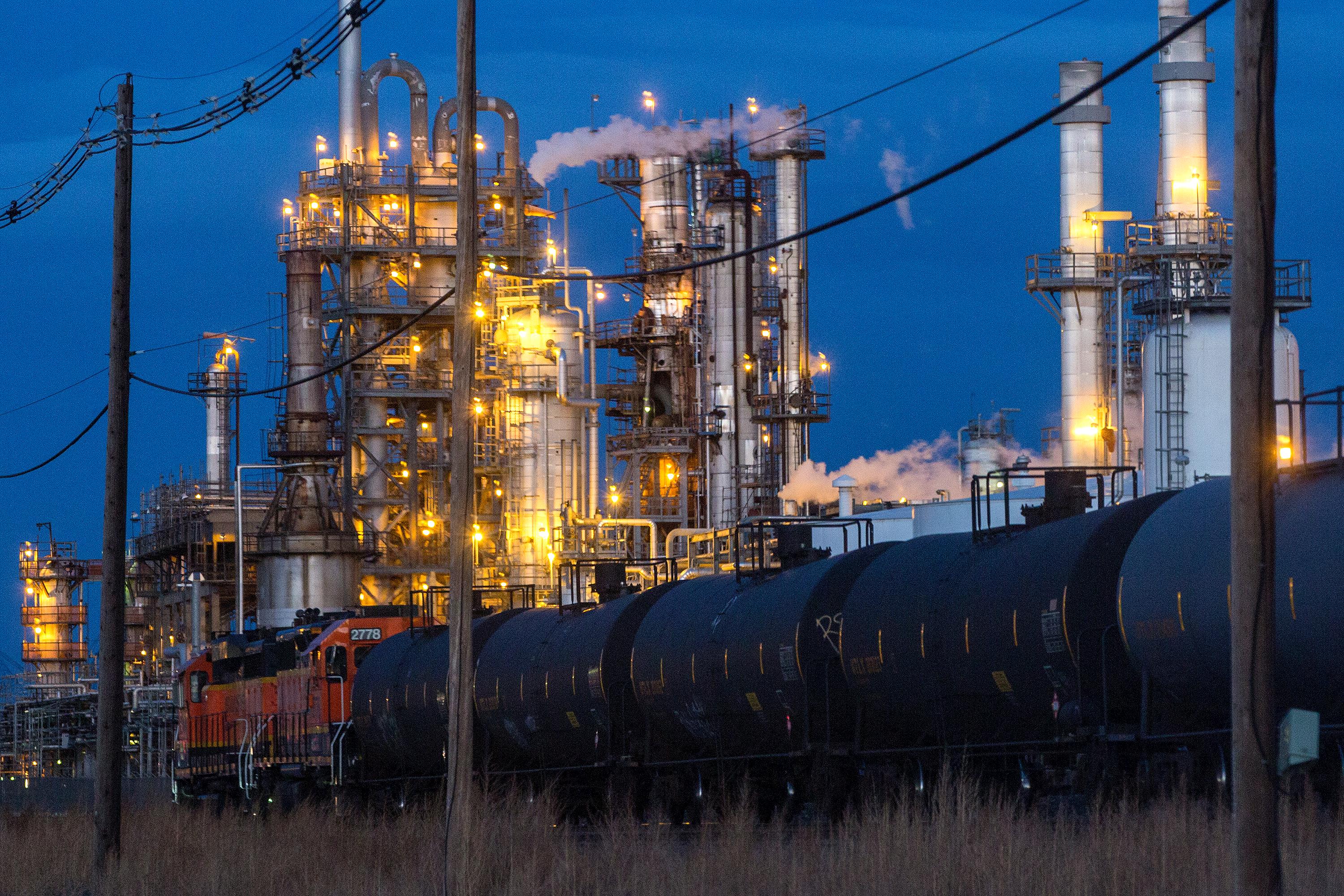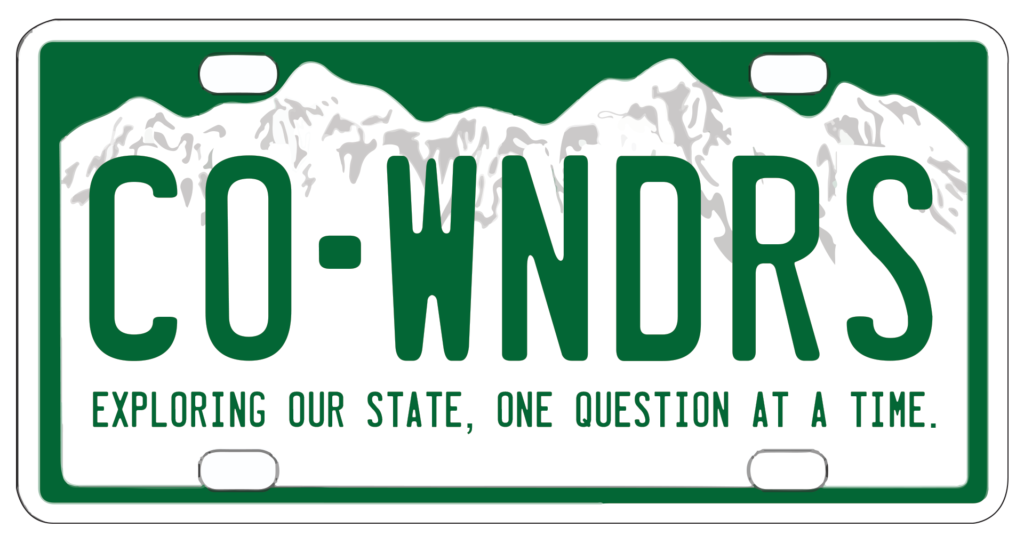
Sarah Westmoreland has wondered since she was a kid: Why does Denver smell the way it does?
She consistently smells a bouquet of odiferous scents, particularly when she’s driving on I-25 around 58th Avenue, and wants to know where they come from and whether they’re safe to breathe. The smell of mothballs tends to stand out for her.

We’re here to help.
Sarah isn’t the first person to complain about a mothball-like smell. The odor has invaded the nostrils of Denverites and Adams County locals for years, ever since Koppers Inc., a creosote wood treatment facility, set up shop in what was once a purely industrial area, according to Gregg Thomas with the Denver Department of Public Health and Environment.
Koppers’ factory works to make things like telephone poles and releases Naphthalene, one of the chemicals in creosote, into the air. Turns out naphthalene is also the primary chemical in mothballs — insecticides used to deter and kill moths.
"It's one of the chemicals in creosote — it's the creosote that smells too — but it does have that mothball smell," Thomas said.
Another way Westmoreland, of Wheat Ridge, summed up the smells she smells was “industrial.” Correct!
The area in question is part of a pocket of north Denver and Adams County chock full of factories and plants — an oil refinery, an animal rendering plant, marijuana grows, asphalt factories, roofing tar makers, wastewater treatment and recycling facilities.
Denverite analyzed nearly four years worth of odor complaints to the public health department and interviewed experts, including Dr. Shelly Miller with the University of Colorado, who co-authored a study on Denver odors, their sources, and how they affect locals.
It’s difficult to say exactly what smells where, because there are so many smelly places packed into one area and the human nose cannot always decipher precisely what’s going on. But Miller, along with co-author Mohamed Eltarkawe, worked with about 300 volunteers and studied wind patterns over the course of about a year to conclude that, most likely, the most common smells came from:
- Purina pet food factory, which smells like dog and cat food
- Suncor oil refinery, which emits hydrogen cyanide
- Owens Corning Denver Roofing Plant, which can smell like tar
- DARPRO, an animal rendering plant that can emit the smell of dead animals
- Sewage, likely from the MetroWastewater Reclamation District
Denver has an odor law that requires company plans to reduce bad smells and allows the city to fine them if necessary. And while state and county officials monitor various pollution sources, some are regulated and capped more than others at what are considered healthy levels.
Suncor, for instance, emits hydrogen cyanide, which is deadly in its concentrated form. It’s one of Colorado’s biggest polluters — which is different than odor emission. While the city and state monitor Suncor’s emissions, there are no federal or state limits on hydrogen cyanide emissions.
Meanwhile, clean air advocates continue to fight for stricter regulations.









